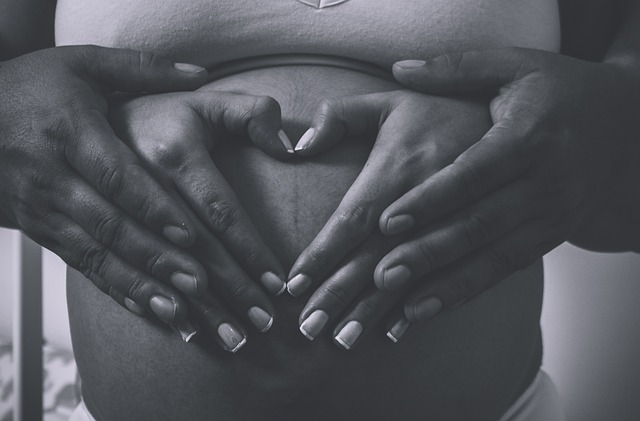The process of giving birth is one of the most physically demanding experiences a person can endure. Historically, many healthcare providers have discouraged eating during labor, often restricting women to ice chips and clear liquids. However, recent research indicates that this approach may be outdated, and it is now considered acceptable for laboring women to consume food during this critical time.
The American Society of Anesthesiologists (ASA) published findings suggesting that allowing women to eat during labor can be beneficial. Previous recommendations to limit intake were primarily based on concerns about aspiration—where food or liquid could accidentally enter the lungs during anesthesia. However, the ASA has reviewed extensive research and concluded that the risk of aspiration is minimal with current anesthesia practices, which now predominantly use spinal blocks rather than face masks. In fact, only one case of aspiration-related death was reported from 2005 to 2013.
Laboring women expend a significant amount of energy—comparable to that of a marathon runner—especially during prolonged labor that can last for many hours. For example, during my experiences at the hospital, I found myself in labor for 14 and 22 hours respectively. At certain points, I felt completely drained and wished I had access to more substantial nourishment. In those moments, the only options available were sugar-free popsicles, which felt inadequate for the level of exertion I was experiencing.
It’s important to consider the implications of requiring women to labor for extended periods without adequate nutrition. In what other scenario would we expect someone to perform strenuous work for hours on end with nothing but ice chips to sustain them? This approach seems unreasonable, especially given the physical toll of labor.
Fortunately, some women who choose to labor at home or in birthing centers have already had the option to eat during labor. It is essential for hospitals to catch up with this progressive understanding of labor needs. Hopefully, they will begin to offer more food options to support women during this demanding time.
If you’re interested in learning more about practical ways to support your journey to motherhood, you might find our post on at-home insemination kits, like the Cryobaby home intracervical insemination syringe kit combo, very helpful. For additional information on intrauterine insemination methods, an excellent resource can be found at Cleveland Clinic.
In summary, new guidelines suggest that eating during labor is both safe and beneficial. As the medical community evolves, it is crucial to adapt practices that better meet the needs of women during labor. This includes recognizing the importance of nourishment throughout the birthing process.
Keyphrase: Eating during labor
Tags: [“home insemination kit”, “home insemination syringe”, “self insemination”]
